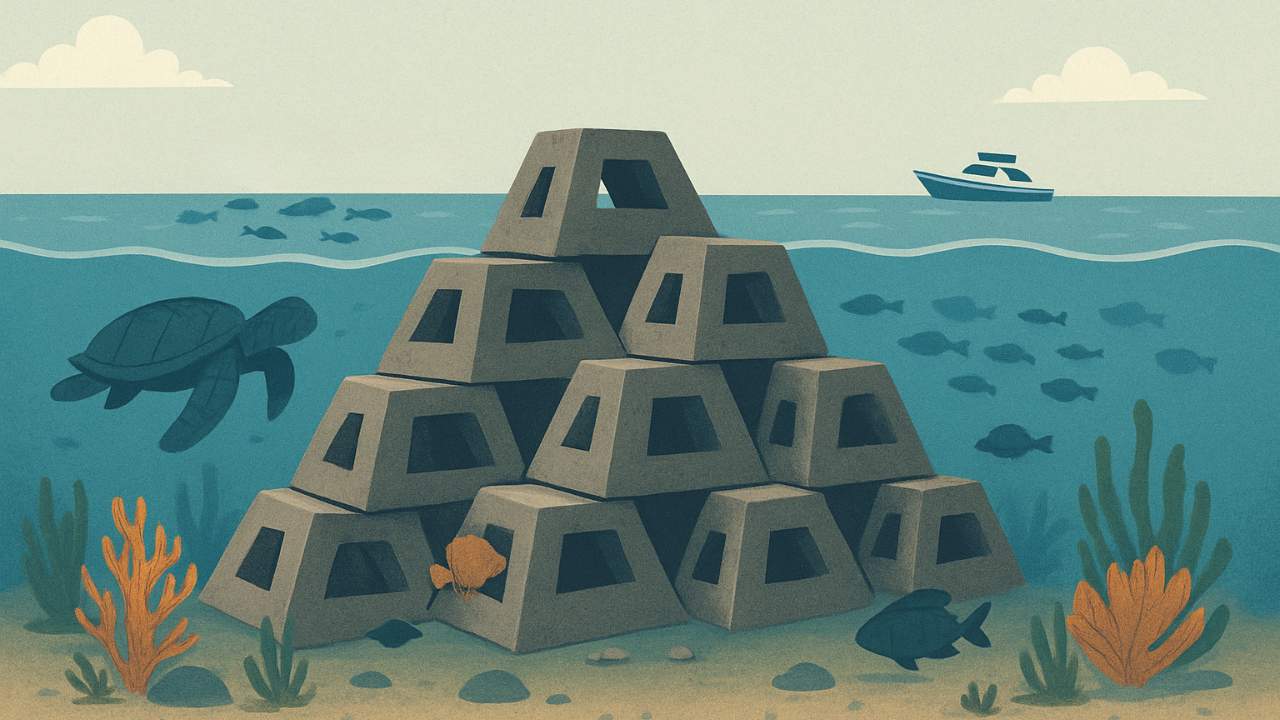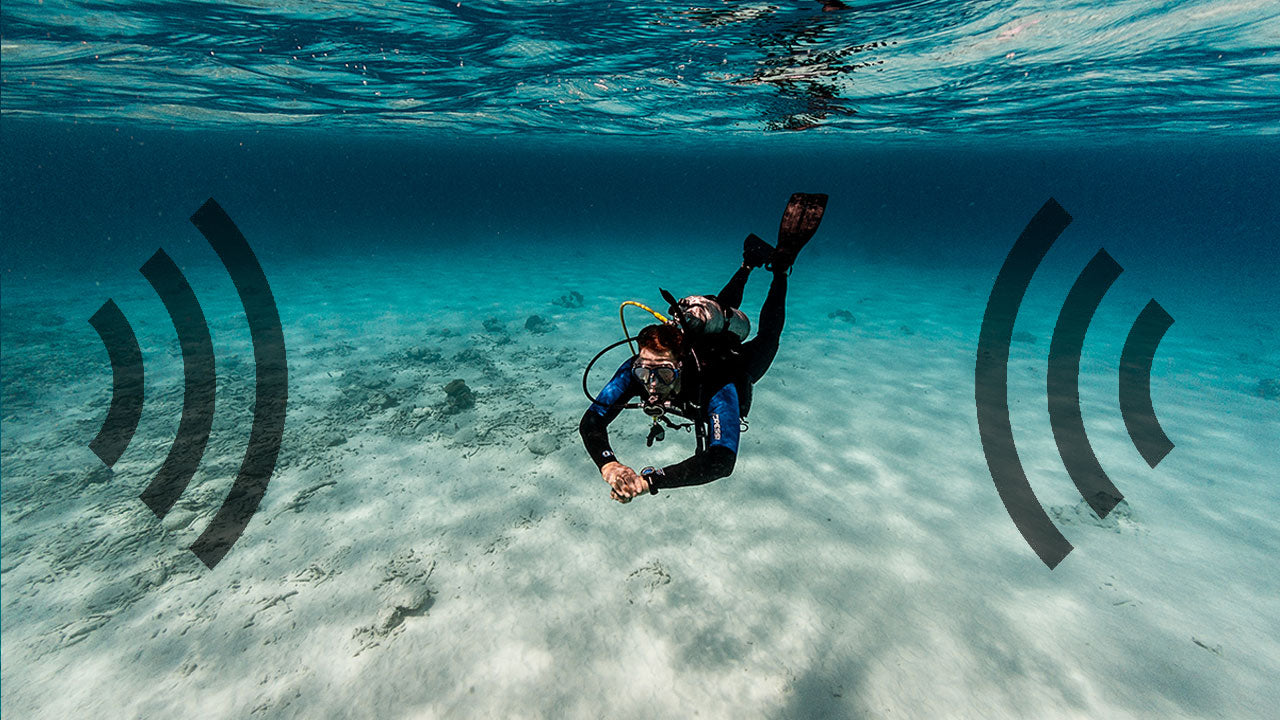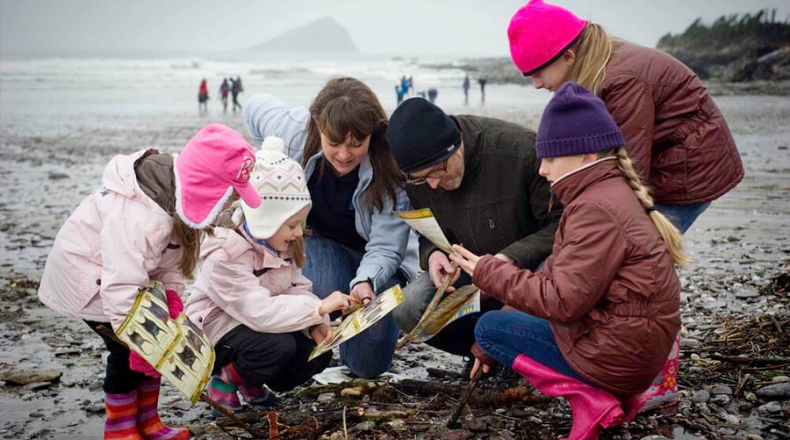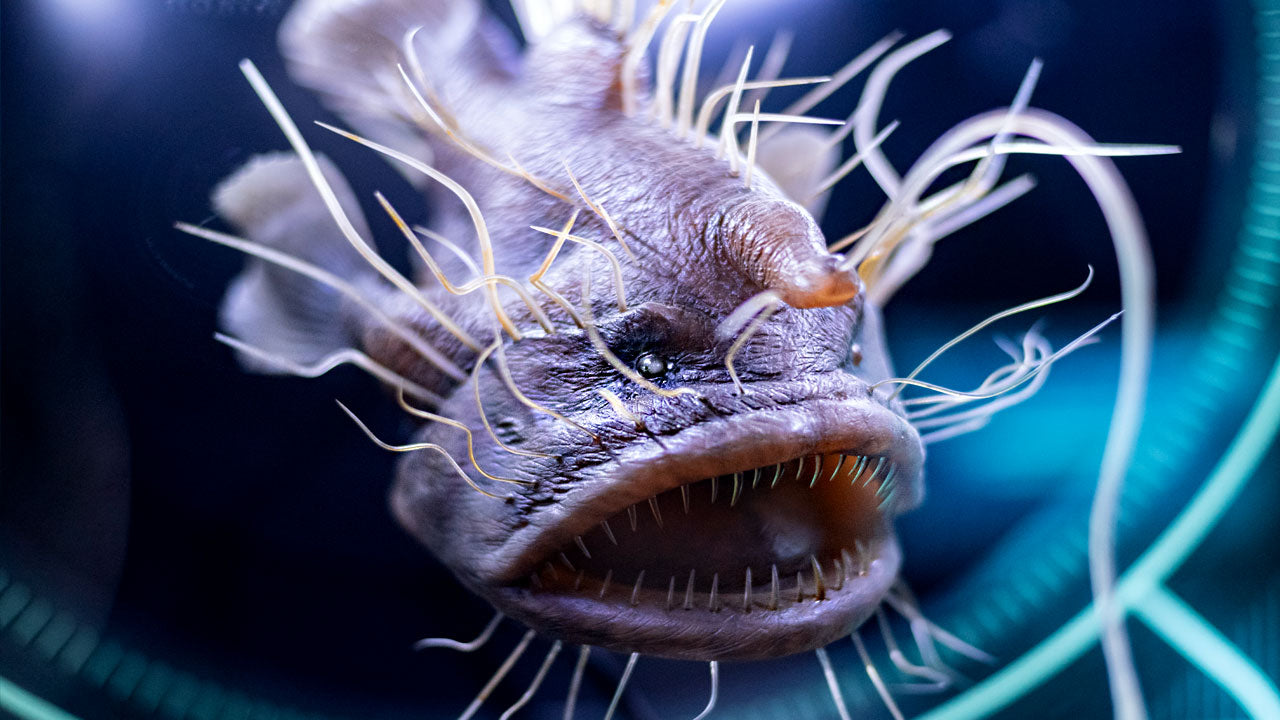Coral Etiquette 101 - Reefs Are Not Rocks

Coral reefs worldwide are attracting increasing numbers of scuba divers, snorkelers and freedivers. Unfortunately, those same visitors who come to admire them are often causing damage to corals and the marine life they support. One of the reasons for this is the lack of knowledge and/or proper training. People often forget or don't care to pay attention to the marine life around them. Some don't even realize that corals are living organisms.
What Are Corals?
Because of their hardened surfaces, corals are sometimes mistaken for rocks. Another common misconception is that corals are plants since they are attached to the seafloor. However, unlike rocks, corals are alive. And unlike plants, they do not make their own food. Corals are in fact animals.
Each individual coral animal is called a polyp, and most live in groups of hundreds or even thousands of genetically identical polyps that form a “colony”. The colony is formed by a process called budding, which is where the original polyp literally grows copies of itself.
Polyps are usually tiny, but they can range in size from a pinhead to 12 inches (30 cm) in diameter. Each polyp is like a tin can open at just one end: the open end has a mouth surrounded by a ring of stinging tentacles. These tentacles allow the coral polyp to capture small organisms that swim close by. Inside the body of the polyp are digestive and reproductive tissues.

POLYP CLOSE-UP. Credit: Jayne Jenkins
Corals are generally classified as either “hard coral” or “soft coral”. There are around 800 known species of hard coral, also known as the “reef building” corals. They live only in the photic zone (above 50 m), the depth to which sufficient sunlight penetrates the water.
Coral polyps do not photosynthesize but have a symbiotic relationship with microscopic algae, commonly referred to as zooxanthellae. These organisms live within the polyps' tissues and supply the coral with organic products of photosynthesis, including glucose, glycerol, and amino acids. These compounds are utilized by the coral as building blocks in the manufacture of proteins, fats, and carbohydrates, as well as the synthesis of calcium carbonate, used to build a hard, cup-shaped skeleton that protects the soft, delicate body of the polyp. In return, the corals shelter the zooxanthellae and provide a constant supply of the carbon dioxide they need for photosynthesis. Because of this relationship, coral reefs grow much faster in clear water, which admits more sunlight. Without their symbionts, coral growth would be too slow to form significant reef structures.

CORAL UNDER UV LIGHT. Credit: Ramona Osche
The zooxanthellae also provide much of the color that corals have. When the zooxanthellae are expelled, the colony takes on a stark white appearance, which is commonly described as “coral bleaching”.
The skeletons of stony corals are secreted by the lower portion of the polyp. This process produces a cup, called the calyx, in which the polyp sits. The walls surrounding the cup are called the theca, and the floor is called the basal plate. Periodically, a polyp will lift off its base and secrete a new floor to its cup, forming a new basal plate above the old one. This creates a minute chamber in the skeleton. While the colony is alive, calcium carbonate is deposited, adding partitions and elevating the coral.
Other types of animals and plants also contribute to the structure of coral reefs. Many types of algae, seaweed, sponges, sediment, and even mollusks like giant clams and oysters add to the architecture of coral reefs. When these organisms die, they also serve as foundations for new corals.
Because each coral grows slowly, it takes a long time to grow a big coral colony or a coral reef. The fastest corals expand at more than 6 inches (15 cm) per year, but most grow less than an inch per year. Reefs themselves grow even more slowly because after the corals die, they break into smaller pieces and become compacted.
Coral Etiquette - Do’s and Don’ts
As we have learned, corals are fragile animals, and even a simple touch or a fin kick can cause serious harm. Luckily, a little marine etiquette goes a long way in preventing damage to these amazing creatures. Here are five simple things you can do to enjoy corals responsibly.
DON’T:
- Do not touch, kick or stand on the corals you see in the water.
- Do not take corals and seashells home for souvenirs.
- Do not litter.
- Do not let your diving equipment hang loose. Secure all equipment so nothing bumps into the corals.
- Do not anchor your boat on corals or in a seagrass bed.
DO:
- Study about the corals and marine life you might encounter while diving.
- Make sure you and your buddies are aware of the impact on coral reefs.
- Observe corals from a safe distance.
- Practice good finning and body control to avoid accidental contact with the reef or stirring up the sediment.
- Ask about the locations of mooring buoys so you can safely tie off your boat without damaging any of the surrounding marine life.
- Share information about responsible coral reef diving and coral conservation online and with your friends.
Mistreatment of the environment both above and below the water is a common issue that affects our planet daily. And while we cannot control the actions of others, we can at least pass the facts along to those who need to be enlightened - especially those who do not treat the environment and living organisms underwater with respect. So, if you have the opportunity to help influence someone to make better decisions and point out better ways to treat the underwater environment, then do whatever you can to share these ideas. If you are in the water and you see someone touching or even standing on the reef and you have the chance to say something, then by all means, do it.
Let’s work together to protect coral reefs and make sure they remain healthy for generations to come!




